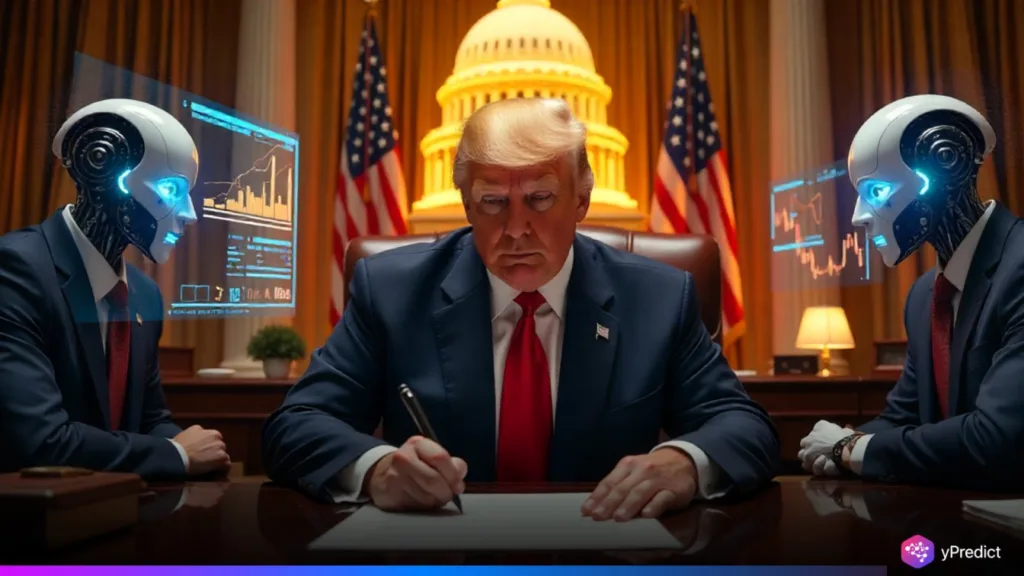
On August 7, 2025, on the presidential trip to Lake Tahoe, the Trump executive order opened the inclusion of cryptocurrencies in 401(k) retirement plans. The executive order marks an aggressive change in U.S. financial policy. This comes in the wake of a larger push by the White House to incorporate AI and blockchain innovation into the economy. The move will undoubtedly please crypto enthusiasts, but critics say that cryptos can still be very volatile and could put American retirement funds at risk.
Peter Schiff Warns Against Retirement Risks
Peter Schiff argues that the Trump Executive Order invites unnecessary risk into long-term savings portfolios. He points to a 2021 National Bureau of Economic Research study showing that nearly 70% of crypto investors reported losses. “Putting volatile digital assets in retirement accounts is a dangerous experiment,” Schiff warned. He added that AI-based financial models may not be able to account for the extreme declines in the crypto market. This exposes retirees to rapid losses of value. Schiff’s position is consistent with more traditional market analysts, who suggest that emerging asset classes should be approached with caution if there are not strong regulatory protections in place.
AI and Blockchain at the Core of Trump’s Policy Shift
The August 7 policy fits into a broader AI-integrated vision for U.S. finance. Since January 2025, the Trump Executive team has pivoted from the Biden administration’s strict regulatory stance. By proposing measures like a national Bitcoin reserve and public-private AI partnerships to enhance blockchain adoption. A Pillsbury Law analysis notes that the administration sees AI not only as a compliance tool but also as a driver of smarter, faster financial decision-making. Fans of the notion point out the possibilities of AI-based investment strategies that can respond to the volatility of crypto investing in real-time. This balances out the risks of portfolio allocations. Critics would point out that no sophistication or advances in AI can remove unpredictability from the crypto world.
Market Data Challenges Schiff’s Warnings
Recent research adds complexity to Peter Schiff’s argument. A 2023 Journal of Financial Economics study found that diversified portfolios, when guided by AI-enhanced allocation strategies, could lower overall risk. Pro-crypto analysts argue that AI can process market sentiment, blockchain transaction flows, and regulatory developments at speeds far beyond human capacity, providing a stronger defensive layer against sudden losses. Still, transparency concerns persist. CNBC reports that 401(k) crypto investment products often come with high fees and opaque management structures. This could undermine the supposed benefits of AI oversight.
A Divided Financial Landscape
The Trump Executive Order has deepened divisions within the financial community. AI-friendly innovators believe that the policy will be a boon for blockchain-enabled economic growth. It will mark a step toward ensuring that the U.S. remains a leader in digital finance around the globe. Conversely, risk-averse voices like Peter Schiff worry that AI cannot yet assure stability in still-volatile crypto realms. This is such that the AI developers make, or whether there is some added comfort in agreeing with Schiff’s position. For now, we can say with some level of certainty that the debate regarding AI, blockchain, and how to put away retirement savings has entered a new, and decidedly fiery, moment in U.S. economic policy.






